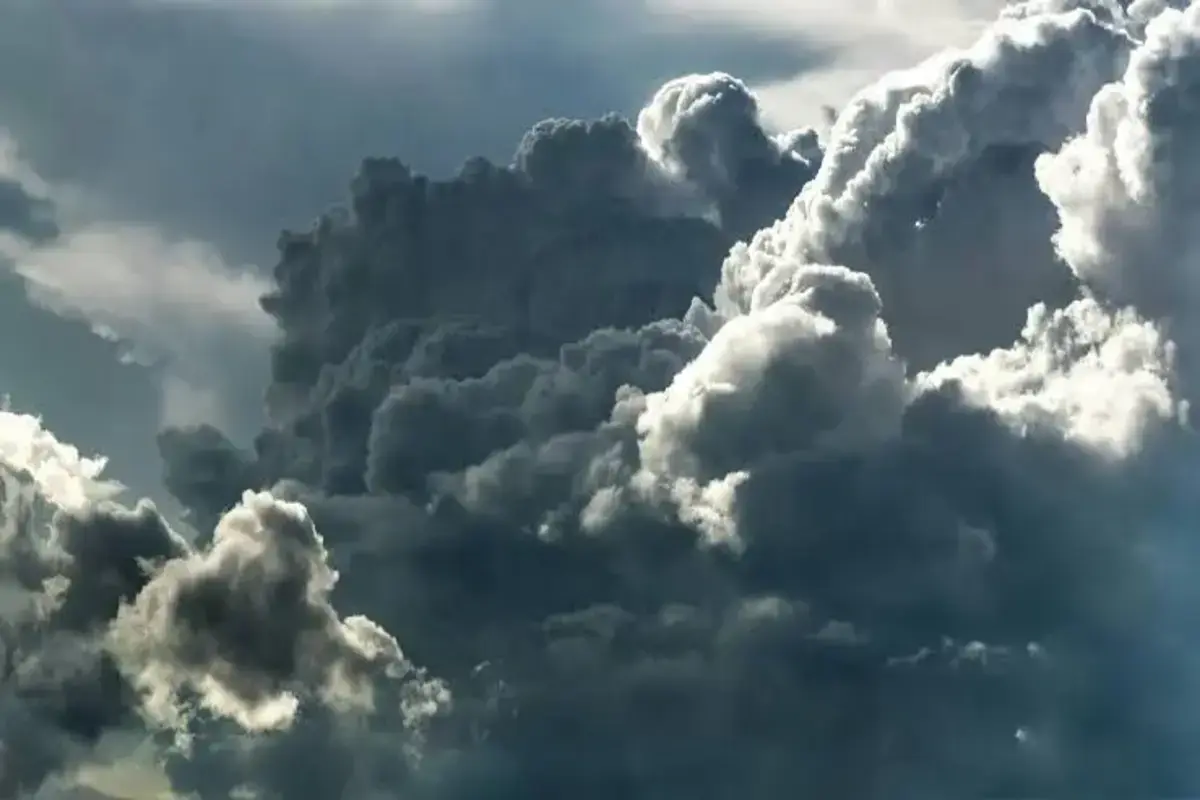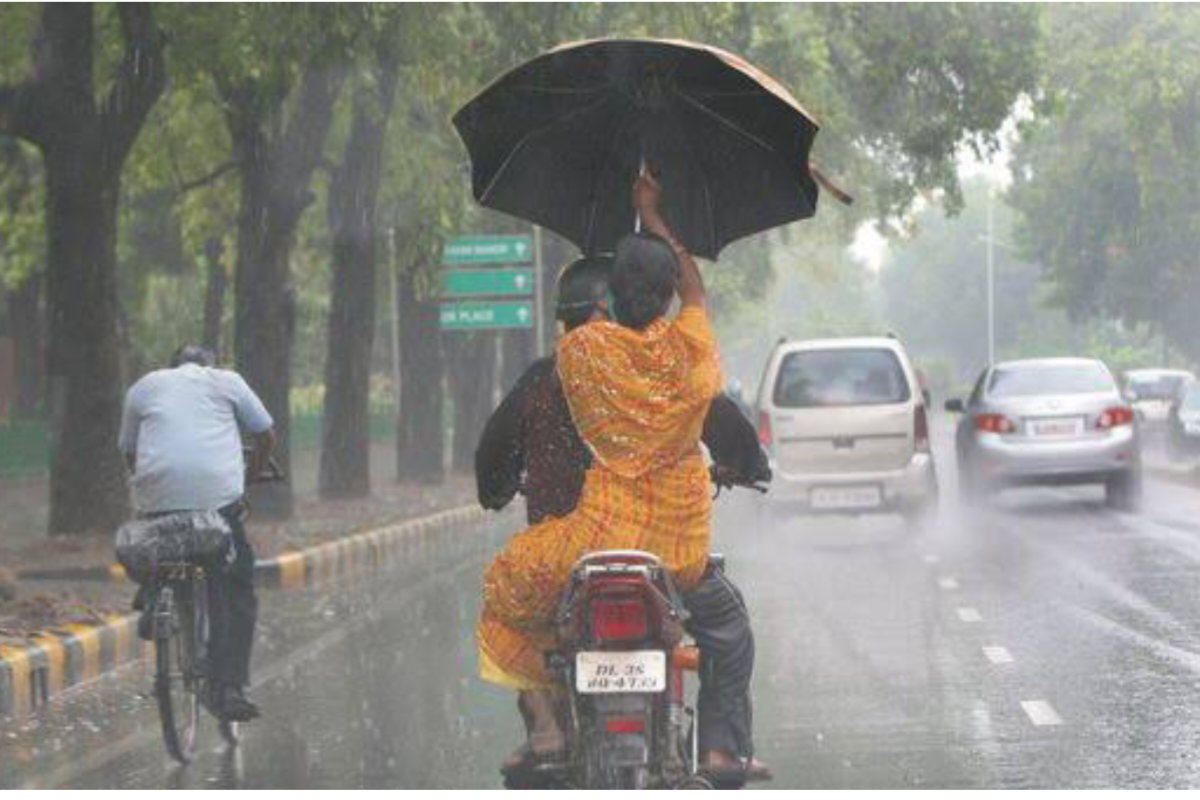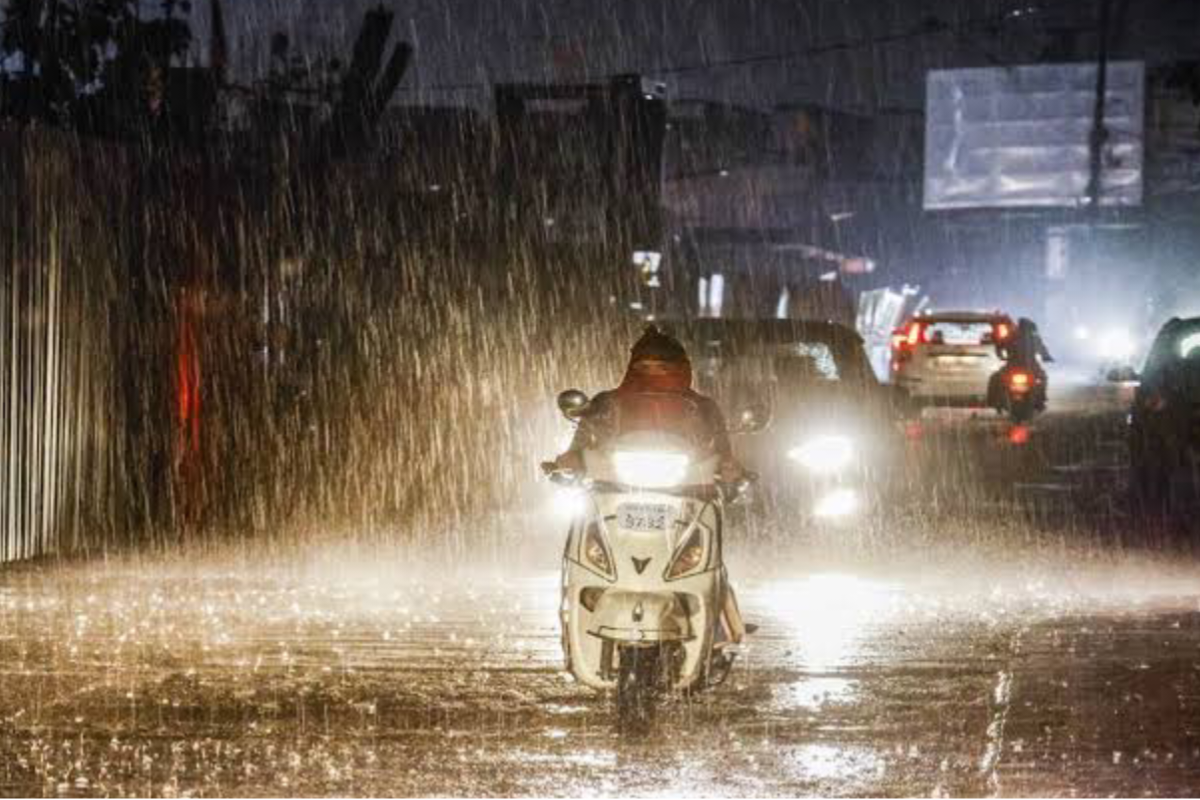Google’s GraphCast: Google DeepMind has unveiled GraphCast, a ground-breaking machine-learning algorithm, marking a major improvement in weather-predicting technology. This AI tool challenges the supremacy of traditional numerical weather prediction (NWP) models by providing predictions that are more accurate and timely than those produced by current approaches, which represents a significant advancement. Read on to learn more.
What is Google’s GraphCast?
A weather forecasting system called GraphCast uses Graph Neural Networks (GNNs), an architecture that is especially helpful for handling geographically structured data, along with machine learning.
Even though GraphCast required a lot of processing power to train, the forecasting model that was produced was incredibly effective. GraphCast can generate 10-day forecasts in less than a minute on a single Google TPU v4 computer. In contrast, a 10-day forecast using a traditional method can take hours of processing time on a supercomputer with hundreds of machines.
How will it revolutionise weather forecasting?
In contrast to the supercomputer-dependent NWP models, which are expensive and energy-intensive, GraphCast runs effectively on a desktop computer. The AI model uses historical and current meteorological data to quickly forecast future weather conditions.
With the issues that climate change and extreme weather occurrences are posing to the world, it is imperative that accurate weather forecasting be improved at this time. Even though traditional NWP models are accurate, mapping the flow of heat, air, and water vapour through the atmosphere requires a significant amount of processing power.
GraphCast was created at DeepMind’s facility in London and trained on global meteorological data spanning from 1979 to 2017. It makes use of this enormous dataset to comprehend the relationships between many meteorological parameters, including wind, humidity, temperature, and air pressure. It can anticipate up to 10 days ahead of time and provide forecasts in less than a minute, but HRES, a component of the ECMWF’s NWP, requires several hours to complete the same task.
How will it benefit humans?
With its quick, precise forecasts and low processing requirements, GraphCast represents a revolutionary leap in weather forecasting. Technology has the potential to greatly support meteorological research and practical decision-making for weather-dependent activities as it develops and gets past its present obstacles. GraphCast prepares the way for a new age in weather prediction, combining conventional approaches with the inventive power of AI, with an estimated two to five years until its integration into practical applications.
Keep watching our YouTube Channel ‘DNP INDIA’. Also, please subscribe and follow us on FACEBOOK












